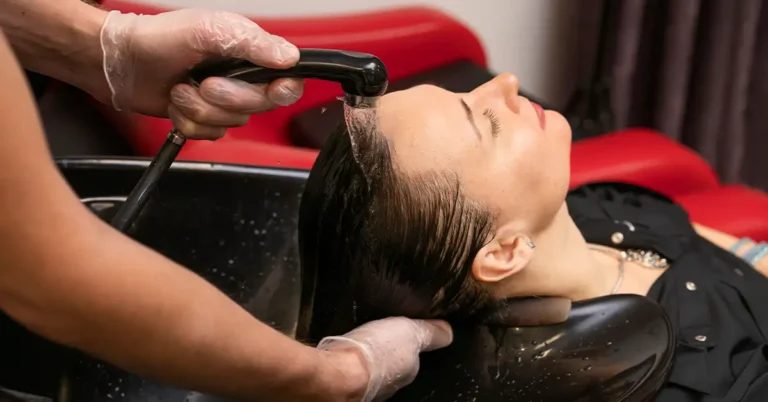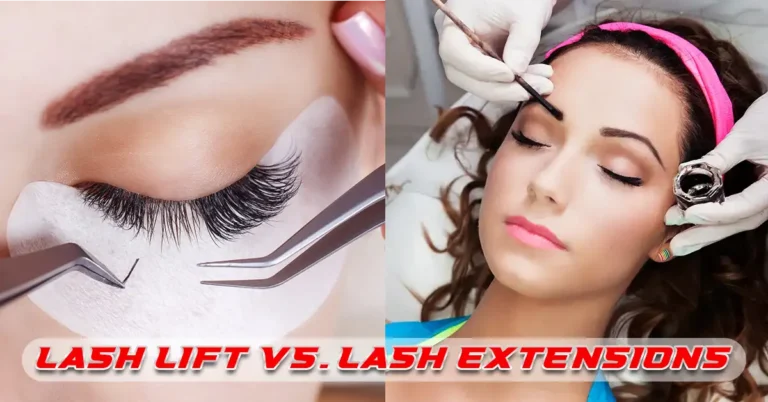Facials aren’t just a luxury—they’re a vital part of maintaining healthy, glowing skin. While a consistent skincare routine at home is essential, certain skin concerns require deeper care and professional attention.
If you’re unsure whether it’s time to book a facial, here are 5 clear signs your skin is calling for it—plus expert guidance on what to do next.
1. Your Skin Looks Dull and Tired
One of the most common signs that you need a facial is dull, lackluster skin. When dead skin cells build up on the surface, they block light reflection and reduce your natural glow.
Why It Happens:
- Skipping exfoliation
- Environmental exposure (sun, pollution)
- Dehydration and poor circulation
What a Facial Does:
Professional facials include deep cleansing and exfoliation, which remove dead skin, unclog pores, and stimulate blood flow—reviving your skin’s brightness.
Treatment to Try:
Brightening Facial or Hydrating Facial with vitamin C or enzyme exfoliants.
2. You’re Breaking Out More Than Usual
Sudden breakouts or recurring acne could be a sign your skin needs a reset. Over-the-counter products can help, but a professional facial targets the root of the issue.
Why It Happens:
- Clogged pores
- Hormonal changes
- Buildup of bacteria or oil
- Using the wrong skincare products
What a Facial Does:
An esthetician can perform gentle extractions, balance oil production, and use bacteria-fighting ingredients like salicylic acid or tea tree oil—without over-drying your skin.
Treatment to Try:
Acne Facial, which focuses on purification, detox, and inflammation control.
3. Your Skin Feels Dry, Tight, or Flaky
Dehydrated or dry skin often signals a damaged skin barrier or lack of proper hydration.
Why It Happens:
- Cold weather or dry indoor air
- Overuse of exfoliants or harsh products
- Inadequate moisturization
What a Facial Does:
A professional treatment uses deep-penetrating hydrating masks, steam, and techniques that allow the skin to absorb moisture better. This helps repair the barrier and lock in hydration.
Treatment to Try:
Hydrating Facial or Oxygenating Facial with hyaluronic acid, aloe vera, or ceramides.
4. Your Products Aren’t Working Like They Used To
If your regular skincare products don’t seem effective anymore, it may be due to a build-up of dead skin or unbalanced pH levels that prevent proper absorption.
Why It Happens:
- Skin cell turnover slows with age
- Blocked pores or barrier damage
- Improper layering or incompatible products
What a Facial Does:
By clearing away build-up and boosting circulation, facials allow your skincare products to penetrate deeper and work more effectively.
Treatment to Try:
Chemical Peel or Dermaplaning Facial to improve product absorption and texture.
5. You’re Stressed—and Your Skin Shows It
Stress doesn’t just affect your mood—it takes a toll on your skin. Common signs include breakouts, dullness, dark circles, and premature aging.
Why It Happens:
- Increased cortisol levels (stress hormone)
- Poor sleep
- Inflammation and free radical damage
What a Facial Does:
Facials are designed not only for skin health but also for relaxation and stress relief. Massage techniques used during treatment can lower stress and boost lymphatic drainage.
Treatment to Try:
Relaxation Facial or Basic Facial with aromatherapy and facial massage.
Bonus: You Haven’t Had a Facial in 4–6 Weeks
Even if you don’t notice dramatic skin issues, preventive facials every 4–6 weeks help maintain a healthy complexion, prevent breakouts, and keep your skin in balance year-round.
What to Do Next
If you’re experiencing any of these signs, it’s time to book a facial tailored to your needs. Here’s how to get started:
- Consult with an esthetician – They’ll analyze your skin and recommend the best treatment.
- Stay consistent – One facial can help, but regular treatments build long-term skin health.
- Support with home care – Use spa-recommended products to extend the benefits.
At True Dream Hair & Threading Spa, our expert estheticians customize each facial based on your skin type and goals—whether you need hydration, acne relief, or a simple refresh.
Frequently Asked Questions
How often should I get a facial?
For most skin types, once every 4–6 weeks is ideal. If you’re treating acne or other conditions, your esthetician may recommend a more frequent schedule.
Can facials really prevent breakouts?
Yes—regular facials help remove impurities, balance oil, and reduce the chance of clogged pores, which are common causes of breakouts.
Are facials safe for sensitive skin?
Absolutely. Just let your esthetician know about your sensitivities so they can use gentle, fragrance-free products.
Should I stop using my skincare before a facial?
Avoid using strong exfoliants or retinoids 2–3 days before your appointment to prevent irritation.
What’s the best facial for first-timers?
A Basic Facial or Express Facial is a great starting point. It gives your esthetician time to evaluate your skin and customize future treatments.
Final Thoughts
Your skin is your largest organ—and sometimes, it needs a little professional help to stay balanced, clear, and radiant. If you notice signs like dullness, dryness, or breakouts, a facial might be exactly what your skin is asking for.
At True Dream Hair & Threading Spa, we offer a full range of facials tailored to your skin’s needs. Whether it’s hydration, acne care, or a simple refresh, we’re here to help your skin look and feel its best.
References
- American Academy of Dermatology – Skincare Routine Basics
- Cleveland Clinic – Facial Treatments and Benefits
- Healthline – How Often Should You Get a Facial?


